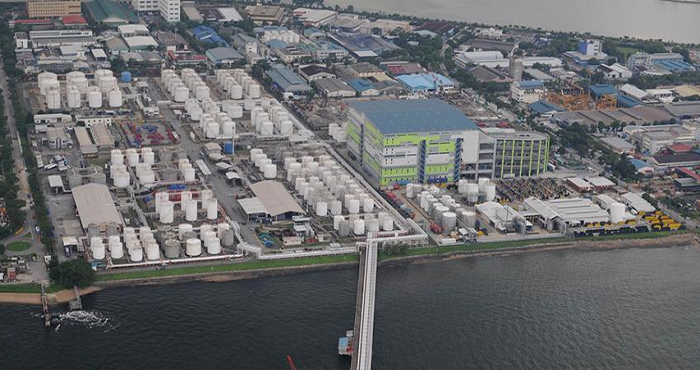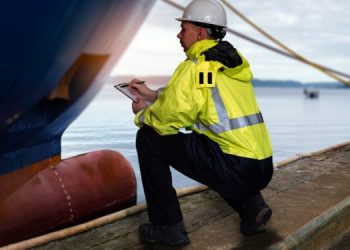Vopak announced that it is testing the use of drones and robots, in order to ensure safer inspection and digital vessel clearance tool for better clearance process. Among others the testing includes drone inspection and jetty inspection using an underwater remote operated vehicle (ROV).
At present, inspections are performed by people working inside confined space, which means that assets have to be terminated to ensure the safety of the inspectors.
The use of robots would avoid sending staff into confined spaces, minimize the exposure of personnel to potentially hazardous conditions, reduce downtime and waste water generation, and save resources.
With support from Singapore Economic Development Board, we have embarked on a digital and innovative transformation journey to make smart terminals a reality.
Mr Tan Soo Koong, Managing Director of Vopak Terminals Singapore stated.
Similarly, diving remote operated vehicles can already be used to inspect jetties and pipelines, while drones are being tested for the internal inspection of tanks. While the tank is inspected it is still available to the clients.
Normally, regarding vessel clearance, the operators have to manually check against the vessel specifications, terminal infrastructure data and a list of globally recognized embargoed vessels.
[smlsubform prepend=”GET THE SAFETY4SEA IN YOUR INBOX!” showname=false emailtxt=”” emailholder=”Enter your email address” showsubmit=true submittxt=”Submit” jsthanks=false thankyou=”Thank you for subscribing to our mailing list”]
Through Vopak’s digital vessel clearance tool, operators can tap on internal data-driven platforms to automatically clear vessels in just four clicks, and can provide customers with the latest information on when the terminal can accommodate incoming vessels. This service is now available at all of its four terminals in Singapore.
With the successful implementation of all the projects, Vopak expects the reduction of safety incidents, an increase of sustainability, improvement of service through better visibility on its supply chain and planning, and lower costs by improving terminal productivity.
Earlier this year, Vopak has tested the use of innovative sensors to monitor the health of product pumps and rolled out the use of ATEX proof mobile devices at the terminals to improve work processes at the terminal and become predictive.

































































